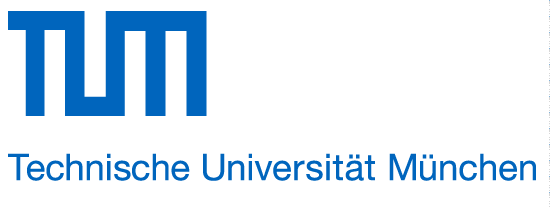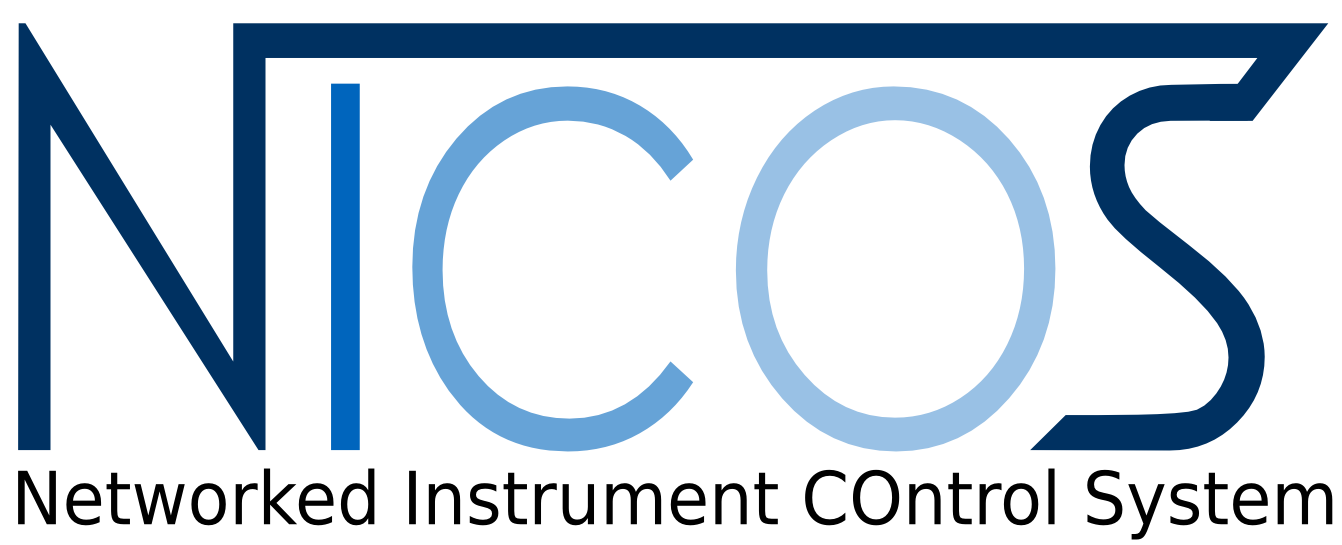MLZ is a cooperation between:
 > Technische Universität München
> Technische Universität München > Helmholtz-Zentrum Hereon
> Helmholtz-Zentrum Hereon
 > Forschungszentrum Jülich
> Forschungszentrum Jülich
MLZ is a member of:
 > LENS
> LENS > ERF-AISBL
> ERF-AISBL
MLZ on social media:

MLZ (eng)
Lichtenbergstr.1
85748 Garching
LaDiff (under construction)
Cold three axes spectrometer with multianalyser and Larmor diffraction option

This instrument is focussed on cold neutrons. Therefore, please carefully check the “Technical data WITHOUT cold source” section. Deviating parameters are in bold. The instrument team is happy to answer any further questions!
LaDiff is a cold three axes spectrometer with a wavelength range of 2 Å < λ < 6 Å (1.05 Å-1 < ki < 3.15 Å-1). Energy transfers ∆E < 10 meV can be achieved.
It is an upgrade of the FLEXX instrument formerly at (BER 2/ Helmholtz-Zentrum Berlin), which is being prepared for operation after the move to Garching. In multi-analyser mode, with the MultiFLEXX detector (also from Berlin), 31 angles and five energy channels each can be simultaneously measured.
A variety of different set-up options exists, allowing for fast and flexible realisations of neutron experiments. The various instrument options are:- Three axes set-up for inelastic measurements in extreme environments such as temperature, magnetic field and pressure
- Lamor diffraction mode with high-resolution ∆d/d ≈ 10-7
- Diffraction with suppressed background, using the analyser
- XYZ Polarisation and 3D polarisation
Polarised neutrons are optional for all experimental set-ups at LaDiff. Vertical magnetic fields up to 12 T and horizontal magnetic fields up to 2.2 T are also available. Finally, temperatures from 50 mK to 1500 K can be applied using the standard MLZ sample environment.
Xu, J. et al., NIM-A 1031, 166526 (2022).
Grünauer, F. et al., NIM-A 1047, 167854 (2023).
Grünauer, F. et al., JINST 19, P07001 (2024).
- Dynamics of magnetic excitations
- Larmor Diffraction
- Determination of structures and dynamics in extreme environments, for example, low temperatures, high magnetic fields or high pressures
- Laminar diffraction, for instance, in lipid physics
- Polarisation analysis
- Neutron guide: NL6
- Dimensions: 60 × 120 mm2 (w × h)
- Coating: m = 2
- Double focussing HOPG with Δλ/λ ≈ 1 %
- 2 Å < λ < 4.5 Å
- 5 × 106 neutrons s-1 cm-2 at 3 Å
- 2 cavities
- S-bender, transmission polariser
- 3He-Spin filter
- Multianalyser with 31 Q x 5 energy channels each
- 1” 3He finger detector
- 20 × 20 cm2 2D PSD, time resolution < 1 ps
- Low background < 0.1 cps
- Neutron guide: NL6
- Dimensions: 60 × 120 mm2 (width × height)
- Coating: m = 2
- Double focussing HOPG with Δλ/λ ≈ 1 %
- 2 Å < λ < 6 Å
- 5 × 107 neutrons s-1 cm-2 at 3 Å
- Polarised: 1 × 107 n s-1 cm-2
- 2 cavities
- S-bender, transmission polariser
- 3He-Spin filter
- Multianalyser with 31 Q x 5 energy channels each
- 1” 3He finger detector
- 20 × 20 cm2 2D PSD, time resolution < 1 ps
- Low background < 0.1 cps
Instrument scientists
Dr. Robert Georgii
Phone: +49 (0)89 289-14986
E-mail: robert.georgii@frm2.tum.de
Dr. Markos Skoulatos
Phone: +49 (0)89 289-14668
E-mail: markos.skoulatos@frm2.tum.de
LaDiff
Phone: +49 (0)89 289-14877
Operated and funded by

Citation templates for users
In all publications based on experiments on this instrument, you must provide some acknowledgements. To make your work easier, we have prepared all the necessary templates for you on this page.
Instrument control
Gallery


MLZ is a cooperation between:
 > Technische Universität München
> Technische Universität München > Helmholtz-Zentrum Hereon
> Helmholtz-Zentrum Hereon
 > Forschungszentrum Jülich
> Forschungszentrum Jülich
MLZ is a member of:
 > LENS
> LENS > ERF-AISBL
> ERF-AISBL
MLZ on social media:




